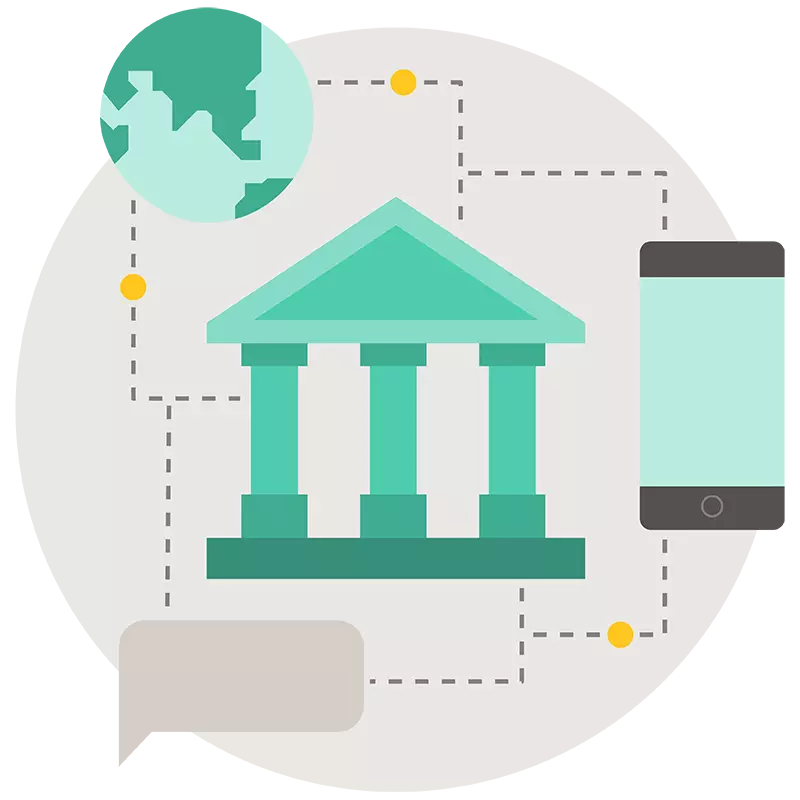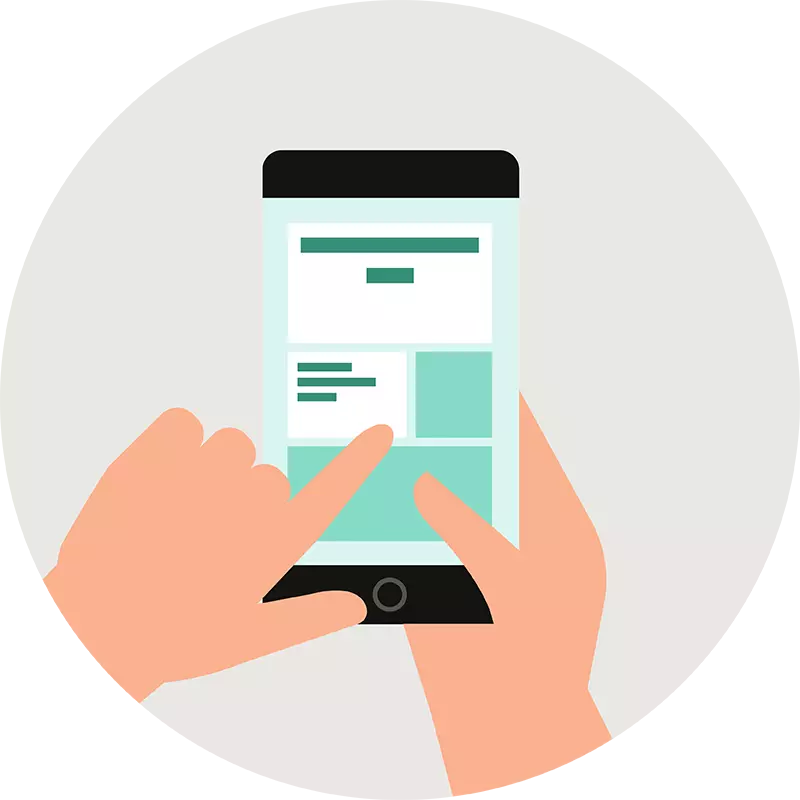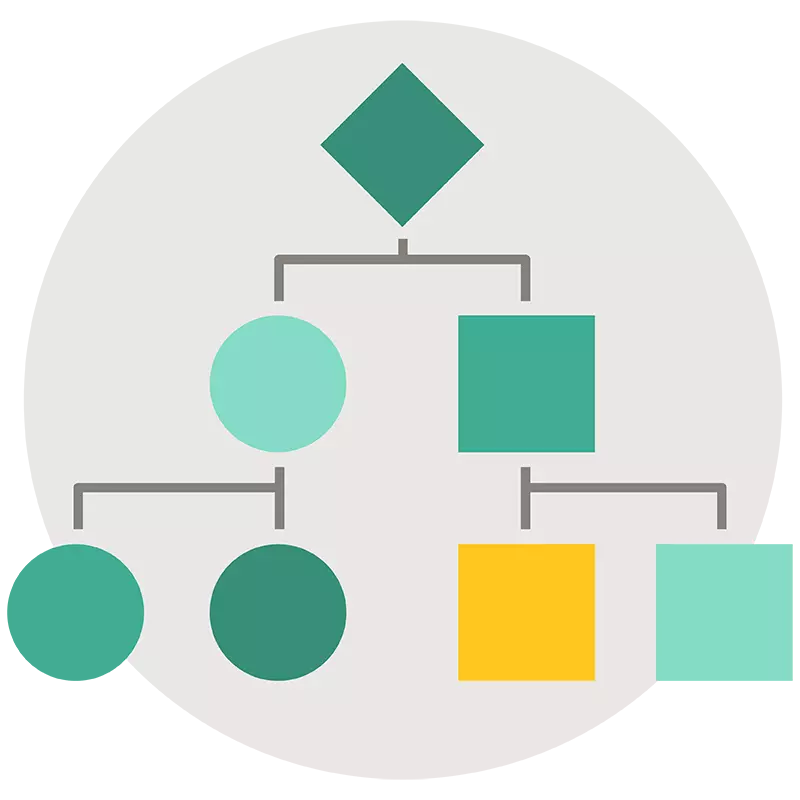By: Doğuş Şahin
Published: February 04, 2022 | Updated: November 19, 2022
Read time: 12 minutes
En esencia, el concepto de "digital first" es el espíritu de la banca para diseñar cualquier producto y servicio financiero con el canal digital como la principal interacción con los consumidores.
A medida que evolucionan las preferencias de los consumidores en cuanto a la banca y los pagos y aumenta la competencia, los bancos deben considerar que lo digital es fundamental para la innovación. Muchos consumidores lo esperan ahora, y los bancos tradicionales y los innovadores de tecnología financiera están respondiendo de manera importante e impactante.
"Digital first será el futuro de muchos programas de tarjetas en todo el mundo, y por una buena razón dada la eficacia con la que satisface las expectativas de los consumidores y ayuda a los bancos a reducir costes e impulsar la adquisición."
En "Cómo pensar en Digital First: compartiendo las lecciones aprendidas para los bancos minoristas", exploramos:
- Las ventajas de "digital first" para la captación de clientes
- Los enfoques comunes de digital-first
- Las lecciones aprendidas por las instituciones financieras durante sus viajes de digital-first
Descargue el informe para conocer las últimas tendencias sobre cómo las instituciones financieras de todo el mundo están evolucionando y aumentando sus enfoques de digital-first.
Define a specific role for digital first in the bank’s overall strategy
In some markets, digital first has already become a consumer expectation, as people continue to enjoy the convenience of mobile banking with a variety of options to meet their needs.

Digital first can impact growth and revenue targets, including supercharging customer acquisition, lowering card operations costs and enhancing brand position. To launch the most effective digital-first experience, banks need to first clarify how it will fit with their overall market strategy. Key questions include:
- Which consumers are we trying to reach and what are the biggest challenges a digital-first experience can solve for them?
- Is the best approach to launch a new product to capture a new segment, refresh an existing proposition, or improve the experience across the portfolio?
- How will digital-first products benefit teams within the bank to support their goals, such as improving marketing ROI or the overall digital-banking experience?
- What are the expected benefits and which of those benefits can be captured first in a minimum viable product (MVP) and which ones should wait?
Banks have approached their digital first product launch in different ways. For example:
- A European neobank launched its digital-first experience to engage with a small group of loyal, high spenders. The bank wanted to use digital first to give these tech-savvy customers the ability to use the card as soon as they signed up. This was especially true in the context of the pandemic as the bank saw faster activation and early usage from these reliable spenders.
- A traditional European bank launched a digital-first experience as part of a broader offering refresh for their existing customers. Rather than focusing on a subset of digitally savvy customers, it focused on developing a digital experience for its entire customer base. The bank reported that customers adopting its digital products increased their spending by double-digit percentages compared to customers using the bank’s traditional card products.

Ensure the CVP and digital-first experience are complementary
Once a financial institution has developed their digital-first strategy and selected the consumers it is hoping to reach, it needs to understand their consumers’ needs and preferences. Given digital first is expected by consumers in many markets, launching digital-first products alone may not be enough of a differentiator and engagement tool.
The consumer value proposition (CVP) and the digital-first experience work together to elevate payments from being simply about a transaction to a broader story that is part of the consumer’s life. Banks have taken different approaches to digital-first CVPs in the market. Here’s an example of one that worked well and one that fell flat:
- One financial institution analyzed their end-to-end customer journeys from awareness and acquisition through usage by different consumer groups and their digital adoption readiness. It then designed a CVP that tied back to the needs of each segment across those journeys, developing a relevant product and narrative. Upon launch, this attracted a broad audience allowing the bank to quickly become a market leader for digital spend.
- One neobank in a heavily digital market designed a CVP on very rich rewards for one high-ticket category with infrequent spend, but it was limited in terms of traditional everyday benefits. As such, it was not a very attractive product and uptake was low, even for consumers who may have been interested in the category.
Design the digital-first product launch around a data-driven acquisition strategy, investments that go beyond awareness and the nuances of a digital product

The launch of a digital-first experience allows organizations to take advantage of the brand and acquisition benefits it can bring. Even a digital refresh of an existing card will benefit from a well-considered launch strategy. As with any payment product launch, there are several best practices to consider:
- Focus on solving the target audience’s pain points, rather than just highlighting new features
- Use data and analytics to better understand and identify consumers who may be interested in the new product
- Design marketing campaigns all the way through to ‘early month on book’ (EMOB), not just awareness and acquisition
- Deliver a more personalized and relevant experience for consumers with the help of Dynamic Yield
Digital-first products are unique. The following nuances need to be carefully considered when planning a launch:
- Digital channels allow for greater outreach and data-driven acquisition that can be incorporated into a smooth onboarding experience
- Different consumers have different levels of comfort with digital and will need education to understand digital’s benefits over physical
- Consumers expect digital experiences to improve over time, and become more personalized towards their specific needs, plus the launch needs to meet high market standards. Also, consider how enhancements to the digital experience are communicated.
Financial institutions have focused on different parts of their digital-first launches with different results. For example:
- A European bank made a significant investment in its digital-first launch, including an awareness marketing campaign and an activation offer with a large discount for first-time online transactions. The campaign and offer were successful in getting customers to sign up, but many were only attracted to the initial offer and new experience but did not continue to spend. Fortunately, the product CVP met key needs for consumers, so the product benefits communicated in the launch eventually attracted the right customers. The program had success after more time and investment.
- Before launching a new product, one neobank began to roll out certain elements of their digital first experience with existing customers. Their digital wallet was not up to market standards, requiring too many steps to make a contactless transaction and limiting customer engagement. With this insight, it was able to address this friction point so that the new product could be launched as a truly unique product in the market.

Make the digital channel part of a holistic, business-as-usual engagement strategy from the start
The communications to consumers during launch are important, but they are just the start, and too many organizations only think about the onboarding experience. With so many financial institutions launching digital experiences, leading banks will look for ways to elevate the experience across the entire customer lifecycle to drive continuous engagement.
The best communications strategies consider the entire customer journey and the engagement tools that will be most effective throughout. Contextual marketing and personalization are key components. This should be considered when the CVP is being developed so that any technical resource planning can happen at the same time and well before launch. That way it’s clear how this will go beyond the digital product to fit into a holistic omnichannel engagement strategy across the consumer lifecycle.
Some banks are designing their digital-first offerings with a holistic approach to customer engagement. For example:
- One bank first looked at their end-to-end customer journeys, from acquisition through to retention. It designed a 360-degree digital experience to address consumer pain points at every step, including friction during the application process or using the card for online transactions. By keeping customers engaged after acquisition, especially when the pandemic shifted spending online, it was able to capture market share much faster than competitors in the market who treated digital first only as an onboarding tool.
Conclusion
Digital first will continue to be the future of many card programs around the world, and for good reason given how effectively it meets consumer expectations and helps banks to reduce costs and drive acquisition. However, true market leaders will be able to use their digital-first experiences to connect and engage with their customers, bringing them value in new ways, every day.
Mastercard Services has helped numerous financial institutions launch successful digital-first programs. Mastercard Services also brings global experience, payments strategy expertise, end-to-end support from strategy to implementation to go-to- market, and best-in-class assets and capabilities.
Contact us to learn more about Mastercard Services and Mastercard Digital First.








